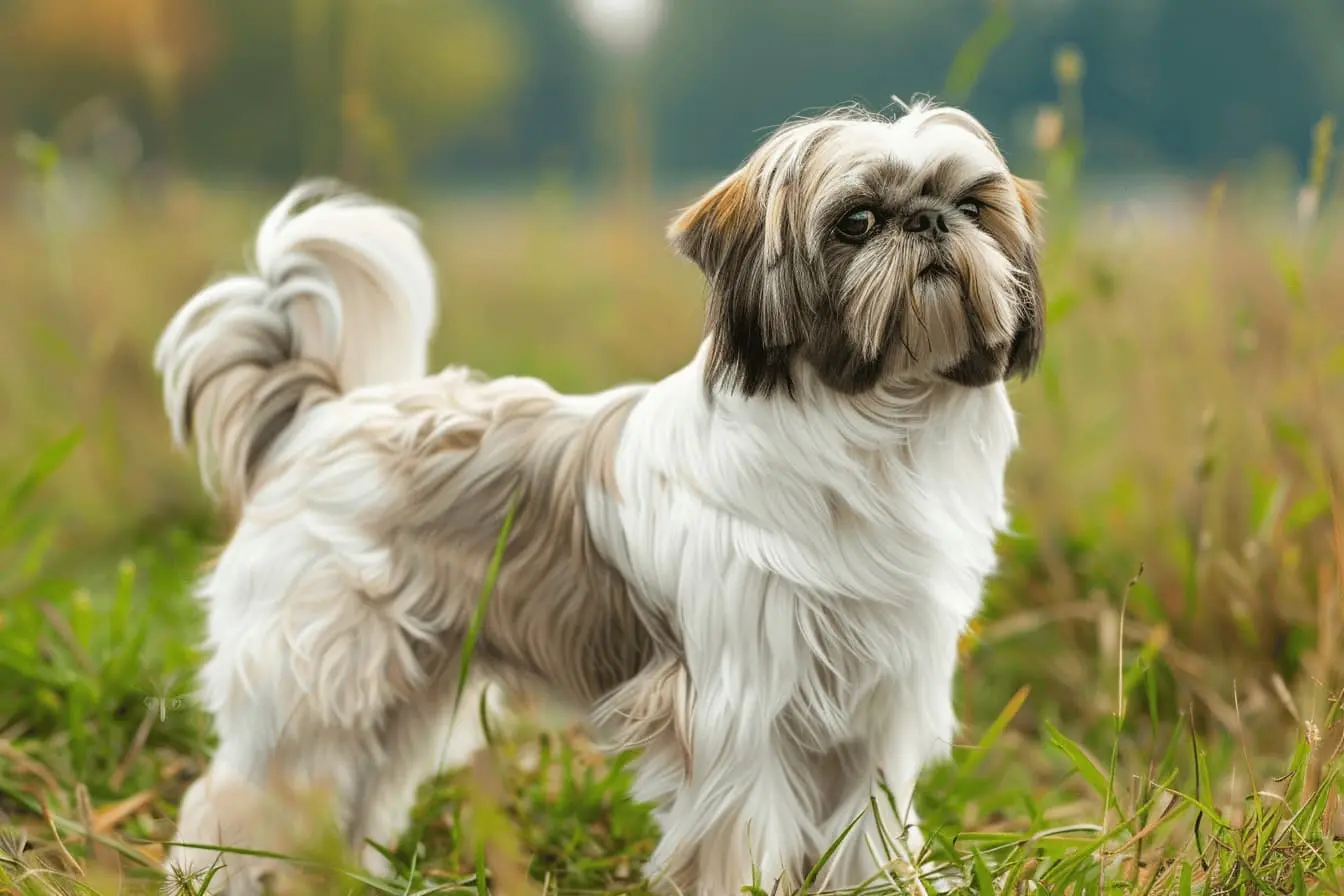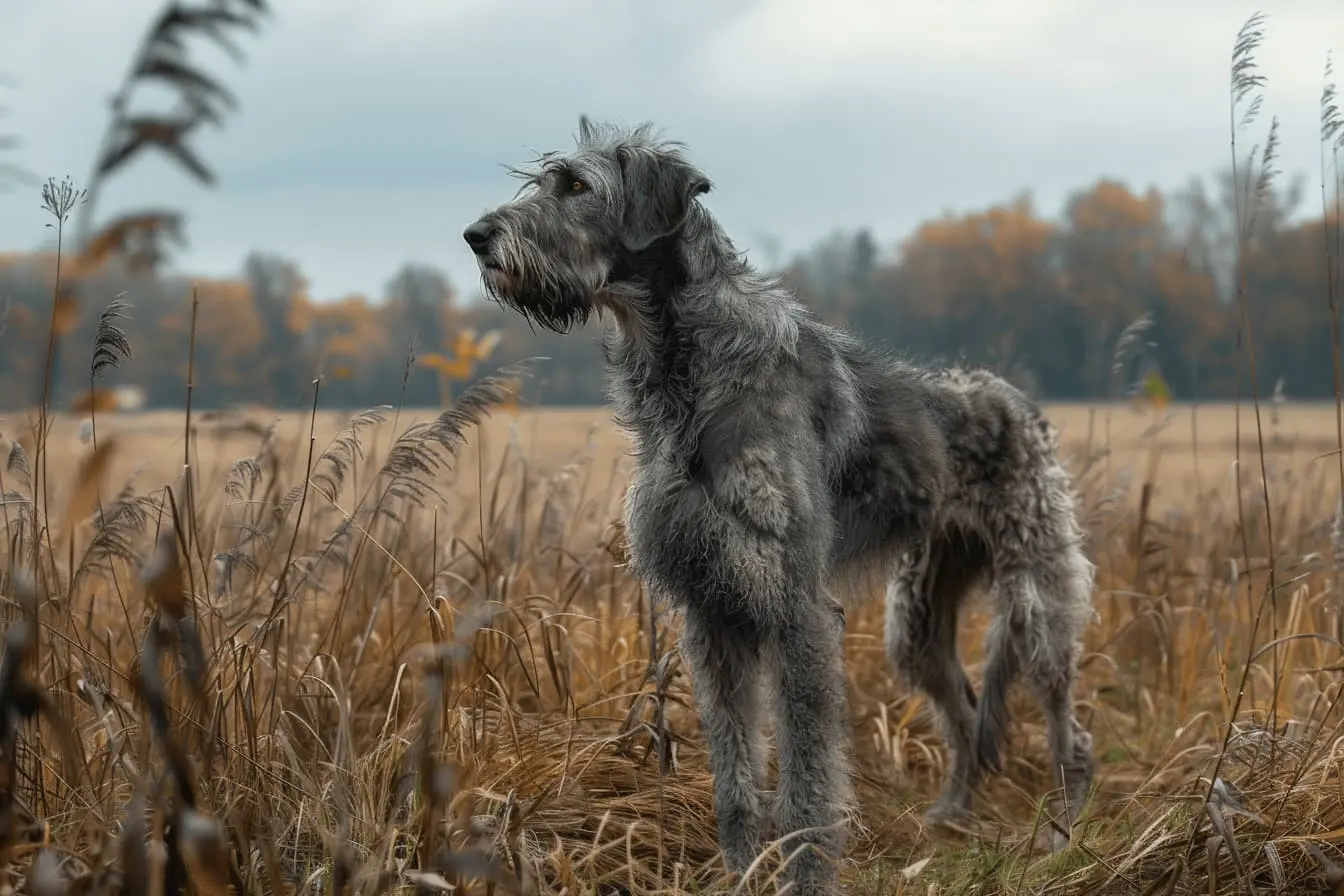
The Keeshond: A Fluffy Companion with a Friendly Spirit
The Keeshond (pronounced "kayz-hawnd"), with its distinctive "spectacles" marking, plush double coat, and expressive face, is a breed that exudes friendliness and joy. Originally bred as a companion and watchdog on Dutch barges, the Keeshond is known for its strong bond with humans, making it an ideal family pet. If you're considering adding a Keeshond to your family, it's crucial to understand the breed's specific needs, temperament, and care requirements. This comprehensive guide will provide you with everything you need to know about owning a Keeshond.
Breed Overview
The Keeshond is a medium-sized spitz-type dog that is part of the non-sporting group. They are characterised by their striking appearance, intelligence, and amiable disposition. Keeshonds are highly adaptable and thrive in various living environments, provided they have the companionship they crave.
Physical Characteristics
- Size: Keeshonds typically stand about 17 to 18 inches tall at the shoulder and weigh between 16 to 20 kg, with females slightly smaller than males.
- Coat and Colour: They boast a dense, double coat that comes in shades of grey, black, and cream. The coat features a mane-like ruff around the neck and distinctive markings around the eyes that resemble spectacles.
- Lifespan: The average lifespan of a Keeshond is around 12-15 years.
Personality and Temperament
Keeshonds are known for their outgoing and friendly nature. They are extremely sociable and form strong bonds with their families, often following their owners from room to room. Keeshonds are excellent with children and other pets, making them superb family dogs.
Despite their watchdog heritage, Keeshonds are not aggressive but will alert their family to strangers or unusual situations with their bark. They are known for their sensitivity and do not respond well to harsh training methods or being left alone for extended periods.
Exercise and Training
Keeshonds have moderate exercise needs. Daily walks, play sessions in the garden, and mental stimulation through training or puzzle toys are sufficient to keep them happy and healthy. They enjoy participating in canine sports such as agility, obedience, and rally, which also help to strengthen the bond between dog and owner.
Training a Keeshond can be a delightful experience due to their intelligence and eagerness to please. Consistent, positive reinforcement techniques work best. Early socialisation is crucial to ensure they grow into well-rounded adults.
Health and Care
Keeshonds are generally healthy, but they can be prone to certain genetic conditions, including hip dysplasia, patellar luxation, and heart issues. Regular veterinary check-ups and a balanced diet are important for their health.
Their thick coat requires regular grooming to prevent matting and reduce shedding. Weekly brushing and occasional baths will keep their coat in good condition. Paying attention to dental hygiene and nail trimming is also essential for their overall well-being.
Living with a Keeshond
Keeshonds are adaptable and can thrive in various environments, from flats to houses with gardens. Their moderate size and exercise needs make them suitable for city living, provided they receive enough physical and mental stimulation.
Their friendly disposition makes them great companions for social activities, but their thick coat means they can struggle in hot climates, so providing a cool, comfortable environment is crucial.
Is the Keeshond Right for You?
If you're looking for a loyal, affectionate companion with a joyful disposition, the Keeshond may be the perfect breed for you. They are well-suited for families, singles, and seniors who can provide them with the attention, exercise, and care they need.
However, if you're unable to commit to their grooming needs, prefer a more independent breed, or live in a very hot climate, a Keeshond might not be the best match for your lifestyle.
Conclusion
The Keeshond is a breed that offers unconditional love, companionship, and a touch of playfulness to any home. With the right care, environment, and understanding of their needs, a Keeshond can become an irreplaceable member of your family, enriching your life with their friendly spirit and fluffy presence. Whether snuggling on the couch, playing in the garden, or greeting you with their characteristic smile, a Keeshond brings warmth and joy into the lives of those they touch.
Vets near you
Speciality vets
- Aquatics vet specialists
- Birds vet specialists
- Camelids vet specialists
- Cats vet specialists
- Cattle vet specialists
- Deer vet specialists
- Dogs vet specialists
- Equines vet specialists
- Exotic vet specialists
- Goats vet specialists
- Pigs vet specialists
- Poultry vet specialists
- Sheep vet specialists
- Small Mammals vet specialists
- Wild vet specialists



